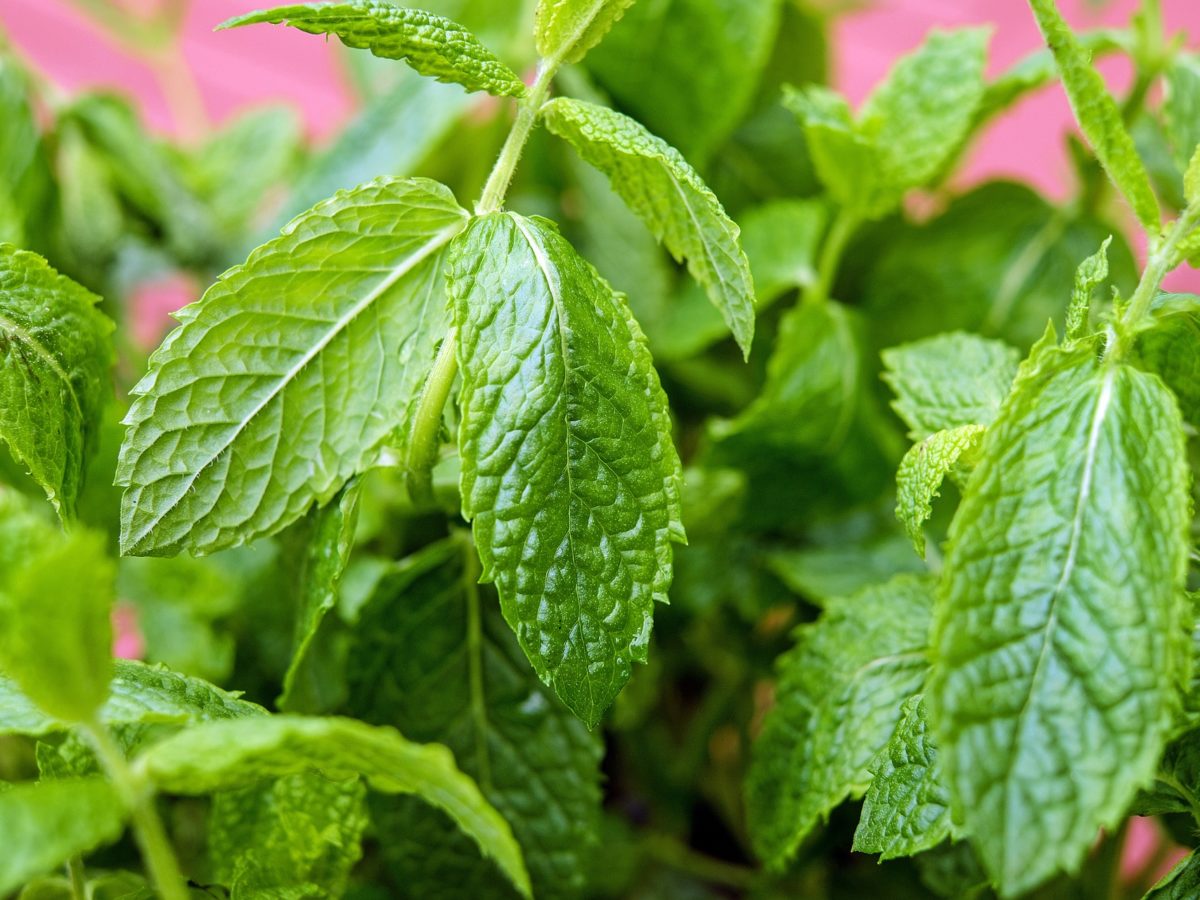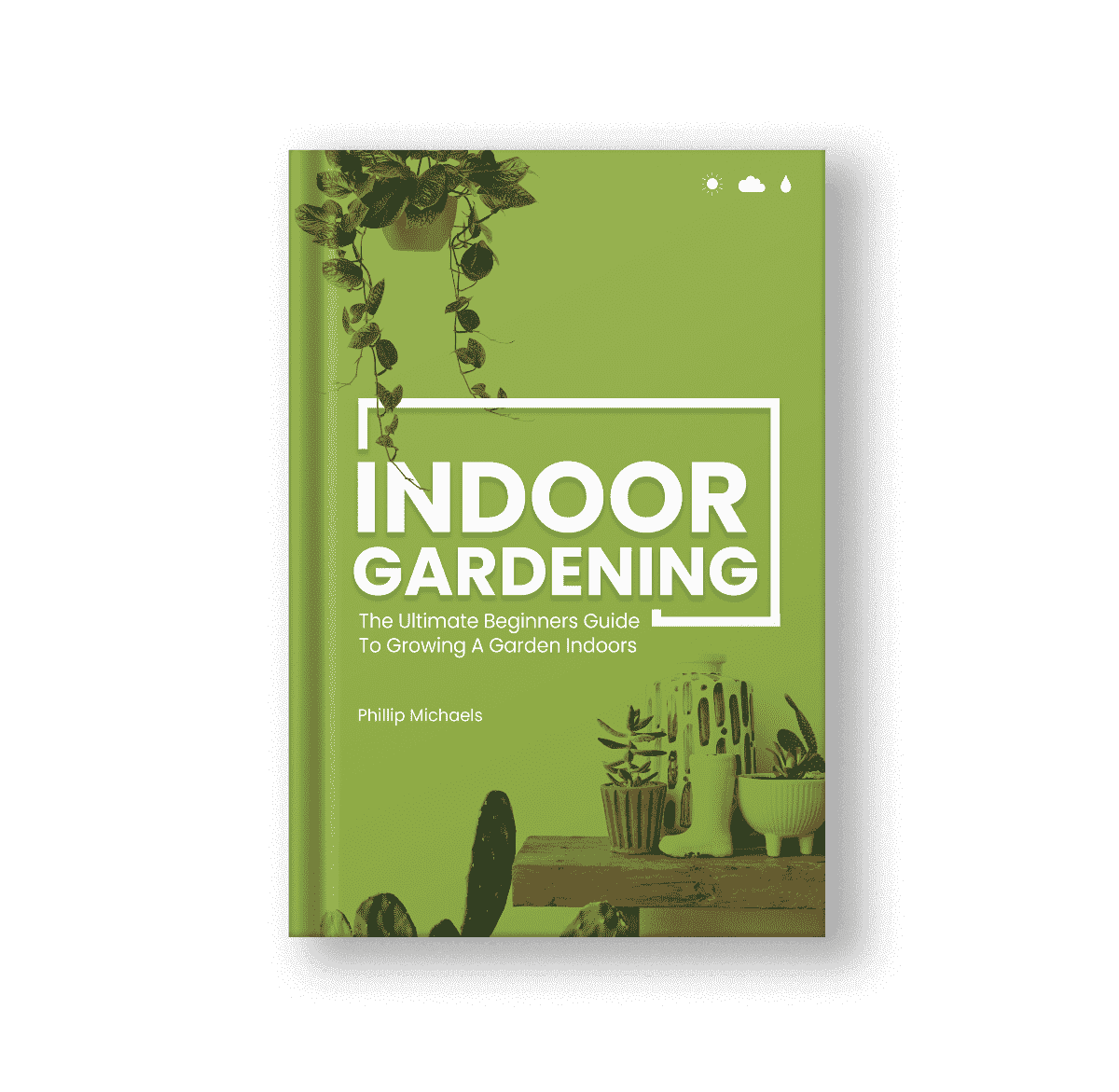Mint comes in many different varieties, but today we’ll look at one of the more popular kinds to grow indoors, spearmint. Spearmint is fairly easy to grow, and it can last for many years if it has been properly cared for. Spearmint can be quite invasive though, so best to give it its own space. Today we’ll look at how to grow spearmint indoors!
Important to note, a lot of these tips will be specifically aimed toward spearmint, but many other mint plants, such as peppermint, require similar care. Even if you’re looking to grow a different mint variety this article will be useful to you. You’ll be able to apply the steps below to almost any other variety of mint.
Choosing a Container
Mint is easy to grow and most containers will work. Choose one that is at least 6”, or larger for more plants, and has good drainage. If your chosen container doesn’t already have drainage holes on the bottom, then it’s a good idea to add some. You can also prioritize a wider container over a deep one as the roots of mint tend to not grow very deep.
Our top choice is clay pots. These work extremely well since the clay material will whisk away water. This helps prevent overwatering. That said, feel free to use a different material as most will work for growing spearmint indoors.
Planting Spearmint
When looking to grow spearmint, there are two main ways to do so. The first is the traditional seed route. The other is to take a cutting from an existing spearmint plant. You can of course also grow from seedlings which are available at most hardware stores or nurseries.
When starting from seeds, plant them about 1/4″ inch deep in the soil, and give them around 18-24″ of space between. You can always plant closer, but will likely need to thin them out later. Mint is a very fast-growing plant, so ample room is required or it will quickly overgrow its neighbors. Mint typically will begin to sprout in about 2-3 weeks, and this can be sped up by providing a heat source from the bottom. The top of a refrigerator is a great place to keep your seeds before they sprout because of this.
Another good way to start is to take a cutting from an existing mint plant. To do so, take a 6″ cutting from an existing mint plant and remove the bottom leaves. Submerge the bottom 2-3″ in water in a container and allow this to sit in in-direct sunlight. Before doing so, you can also apply rooting hormone to the cutting to increase your chance of success. The cutting should start to sprout new leaves and begin to produce roots, at which point you can replant it into a more traditional container. During this process, make sure to change the water out every 2-3 days, and provide it with bright, indirect sunlight.
In addition to either of those, you can also start with a seedling grown at a nursery. This is probably the easiest route, but not much more so than the other methods. When starting with a seedling simply transplant it to your chosen container as the one you purchase it in is typically not suited for long-term growth. Afterward, follow the normal care outlined below.
Lighting
Like most herbs, spearmint should be given a decent amount of sunlight in order to grow optimally. Give the plant at least 4 hours of bright sunlight, but try to get closer to a full 6 hours.
While the light should be bright, do your best to not allow it to sit in direct sunlight for too long. This can fry the leaves, and eventually damage the plant. If your plant does get a lot of direct sunlight lightly mist it on hot, bright days to give it some moisture.
Using grow lights is also a good idea for those having trouble hitting these numbers. They’re especially important when starting from seeds as for the first few weeks the sprouted seedling will need additional sunlight.
Spearmint however can be damaged by excessive heat. Make sure your lights are not too close and that the sun is not burning out your plant. LED lights are a good choice here as they give off very little heat. You’ll typically only need a small grow light as mint grown in containers doesn’t tend to get too large.
Either way, spearmint does enjoy periods of shade as well. When planting outdoors, traditional advice is to give it morning sun and afternoon shade. Try your best to replicate this pattern when indoors as well for optimal growth.
Watering & Feeding
Spearmint likes the soil to remain moist, but not overly wet. Check the top inch or so of soil, and once that begins to feel dry give it a healthy dose of water. A few inches weekly should be more than enough, but you may water a bit less than this depending on the environment. Take care not to overwater, and if nervous about not watering enough try lightly misting the plant daily with a spray bottle.
For fertilizing, spearmint should only be fertilized infrequently if at all. Too much fertilizer can actually dull the flavor of the plant which is the exact opposite effect most people want from a herb. Use a half-strength, water-soluble fertilizer every couple of weeks at most. You can also opt to use an organic compost.
Unlike many other plants, mint will still grow during the winter months. This means you can continue feeding year-round if you desire. It’s also a good idea to repot once a year or so to swap out with fresh, nutrient-rich soil. If you’re consistent with repotting then you should rarely need to fertilize.
Spearmint is a fairly hardy plant and grows easily so be sparing if you do decide to use fertilizer. It can often get by without it. This is what makes it very easy to grow spearmint indoors as it has a fairly easy-care schedule.
Temperature and Humidity
Indoor temperatures are generally ideal for spearmint. Look to keep your growing location in the 65-70°F range during the day and about 5-10 degrees cooler at night. You can go a bit outside of this range, but too far either hot or cold can lead to growth problems.
Mint does like a bit of humidity, so try to give it a quick misting every couple of days. You can mist a bit more frequently in the summer or if your plant is in a particularly warm location. You can also use a small pebble tray to help increase local humidity. Spearmint is quite hardy though, and isn’t too picky about humidity so don’t fret too much about this.
Harvesting
Harvesting spearmint is simple, the mint leaves can simply be picked off as needed. It’s also a good idea to clip back the stems a bit to stimulate healthy growth. Mint is a very aggressive plant and will grow quickly, so don’t feel bad about cutting it back! You can even use these cuttings to grow additional plants if you so choose.
Even if you don’t plant on using the mint regular pruning is essential for proper growth. Pruning will stimulate the plant, and this encourages it to keep growing and helps prevent bolting.
One thing to note, make sure to clip off any of the flower buds before they open. This prolongs the time for which the plant will produce the mint leaves. Once the plant begins to flower it will ruin the flavor of the plant.
Grow Spearmint Indoors
Spearmint is a great plant to grow for any gardener and is delicious for many culinary uses. It’s an easy-to-grow plant that is perfect for any level of gardener. While the above info was aimed at spearmint growing, most mints such as peppermint will respond to similar care routines.
Frequently Asked Questions
Can I plant Spearmint with Other Plants?
Generally no, spearmint is a very aggressive plant that will quickly choke off other plants grown nearby. A good way to grow in close proximity though is to keep the spearmint in its own container to prevent it from spreading to neighboring plants. You can grow it with other plants, but you must be diligent in cutting it back before it spreads.
What Type Of Container Is Good For Growing Spearmint?
Use a container that is wider than deep. The mint roots don’t grow particularly deep but do like to spread out. Give them enough room to do so or they may encircle themselves and choke the plant.
What Temperature Is Best For Growing Spearmint?
Try to keep temperatures above 60°F, spearmint is not very frost tolerant. Also, keep it away from any sources of dry heat such as from a furnace vent or heating unit as these can damage the plant.







